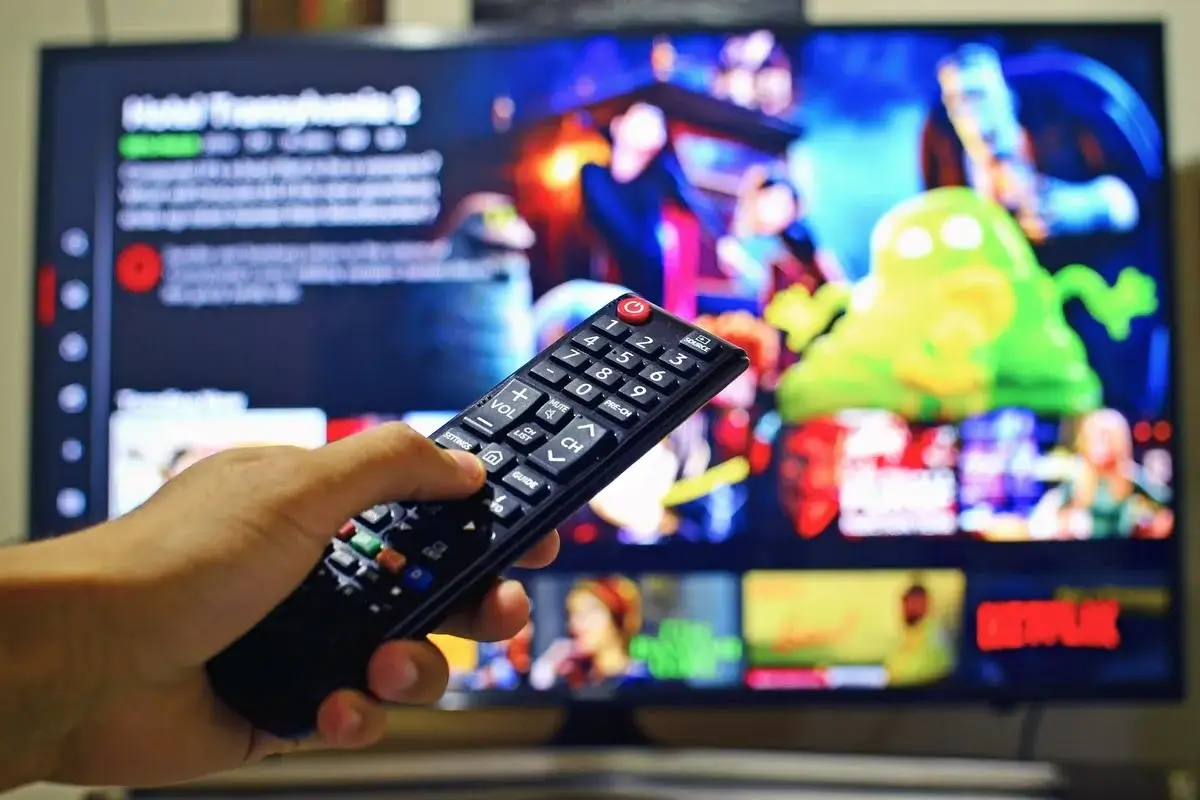
According to platform executives and industry experts, the drive by video streaming platforms for regional language programming has not reduced viewership for Hindi, which continues to be the most popular language in the country as of now. In terms of overall viewership, including purchased films, web originals, and catch-up television, Hindi continues to hold a 50% share, followed by other Indian languages with a 35% share and foreign material with a 15% share.
When just web originals are taken into account, the contribution of other languages decreases even more because most platforms are still experimenting with localised content. Executives predicted that as the market grows, the primary language used in the nation will continue to grow in volume.
Hindi continues to be the most widely used language for content consumption. Many categories will develop in regional languages as the market as a whole grows, but the volume will be led by the main language due to the size of the market it serves, according to Ferzad Palia, head of Voot Select, Voot Kids, and international business at Viacom18. Because of platform initiatives for dubbing and subtitling, a lot of content that was originally created in Hindi is also watched in other languages, Palia noted. While percentages vary amongst services, he added that for some, Hindi could account for as much as 60 to 65% of utilisation.
The viewership will be split roughly 50% Hindi, 35% other Indian languages combined, and 15% worldwide for all material, including theatrical movies and catch-up TV. A lot of this content is watched in dubbed versions in Indian languages. According to Shailesh Kapoor, CEO and founder of the media consulting firm Ormax, dubbing has enabled the consumption of cross-language content and will continue to be important in the years to come because audiences, particularly those who watch SVoD (subscription video-on-demand) content, are now completely accustomed to the concept of dubbed content.
The proportion of south and other languages to overall viewing, however, declines when it comes to original content created for OTT, as there are fewer web series in other Indian languages than Hindi. According to Vibhu Agarwal, CEO and founder of video streaming startup Ullu, not all hope is gone for Hindi language programming. While some southern films, like RRR and KGF: Chapter 2, have been huge successes, many others have failed.
According to MX Media's chief operating officer Nikhil Gandhi, regional programming dubbed in Hindi has increased, but Hindi continues to lead in terms of viewership and watch duration on its video streaming service MX Player. Having said that, there has been a rise in the consumption of regional material over the past five years. This applies not only to southern India but also to developing languages like Bhojpuri, Punjabi, and Gujarati, as well as markets in West Bengal and Maharashtra. Thus, the volume of supply of content from various regional marketplaces affects the total content ecosystem in terms of watch time or audience, according to Gandhi.
As per a Livemint report, Sidharth Parashar, president of investments and pricing at media agency GroupM India, concurred that Hindi content continues to dominate and would do so as long as some important OTTs are able to take advantage of their broadcast network assets. The regionals would also grow more dominant in the future, according to Parashar, who noted the noticeable emergence of localised and regional OTT platforms, concentrated content strategy, increasing investments in dubbing, and legal rules for subtitling.















